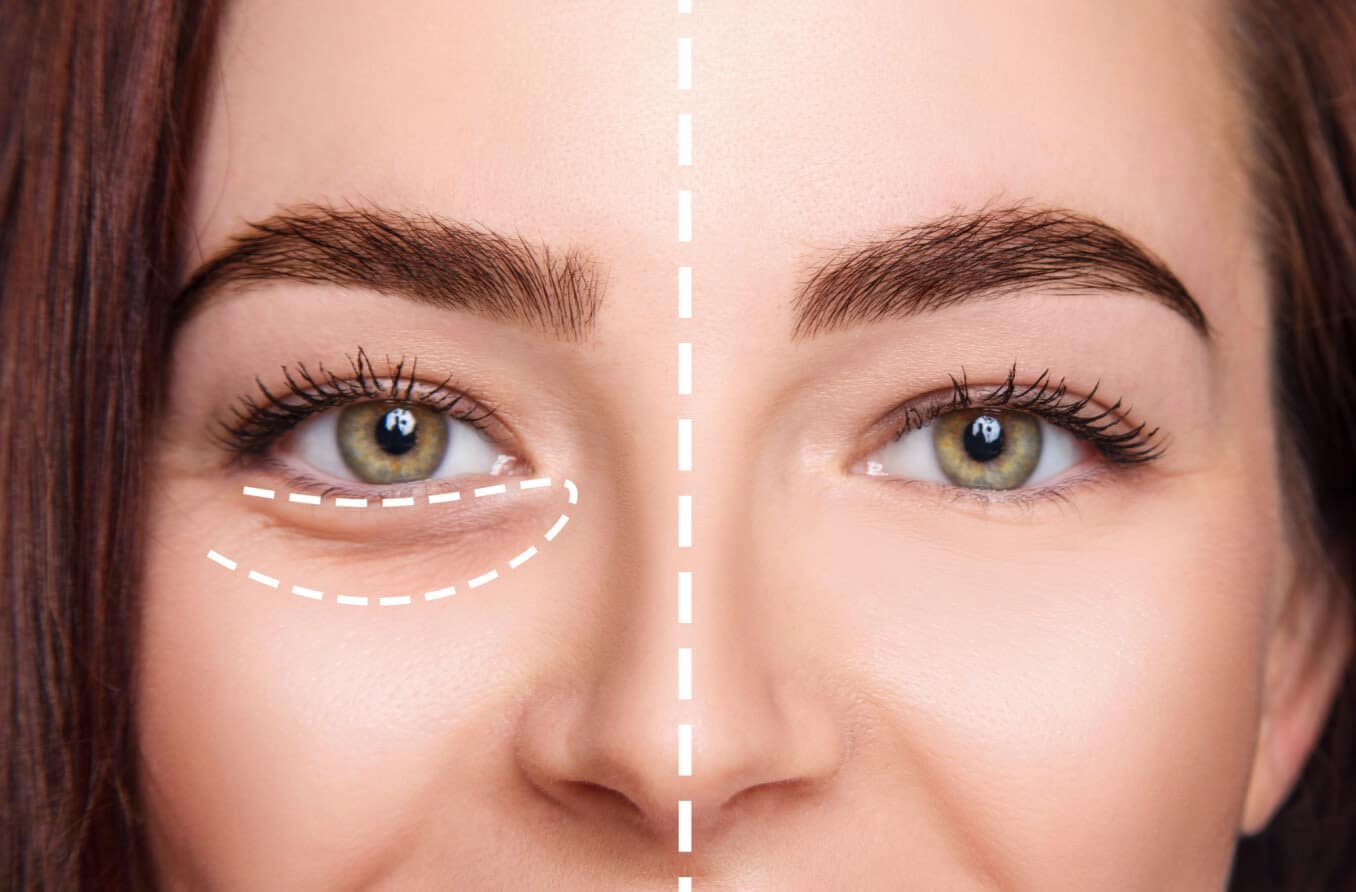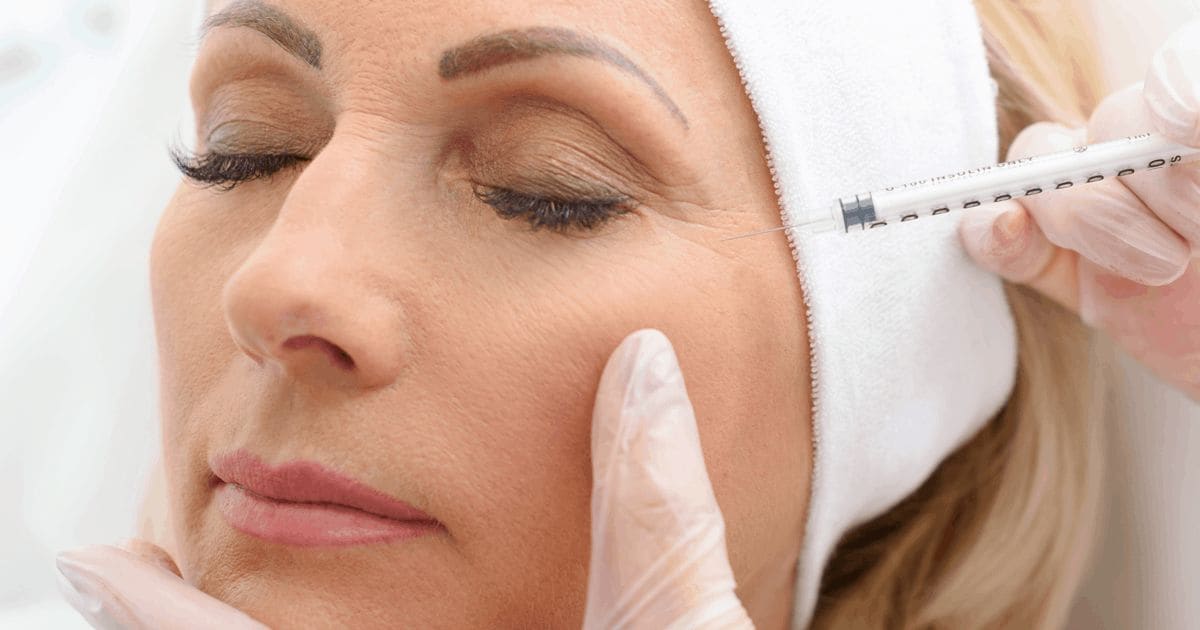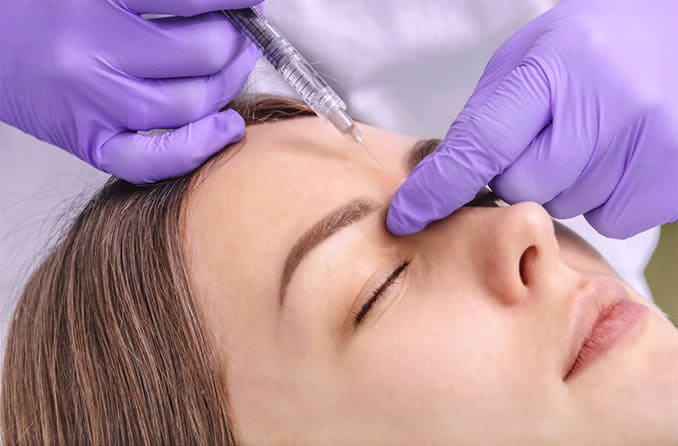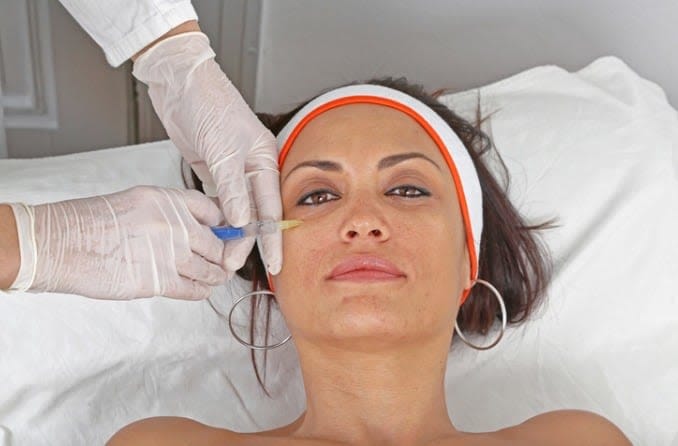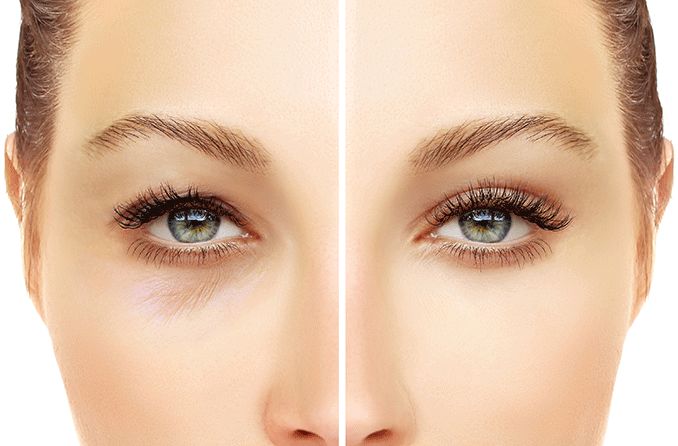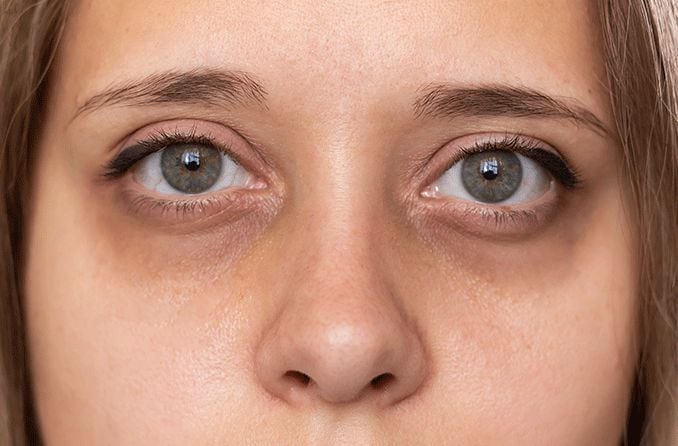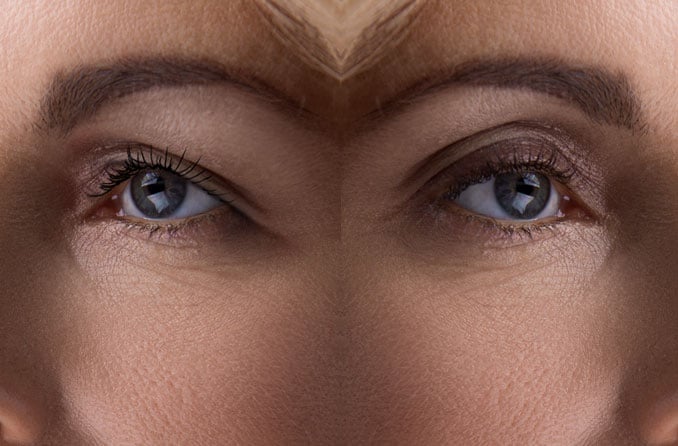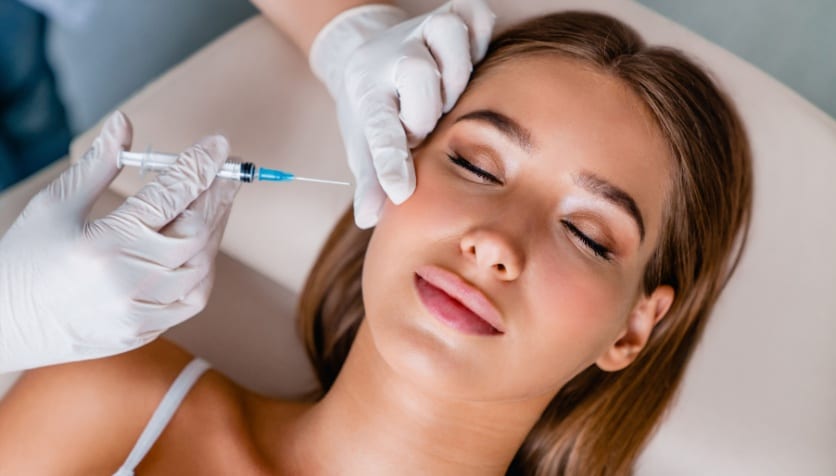What are tear troughs and tear trough fillers?
A tear trough or tear trough deformity is a defined crease located between the lower eyelid and the upper cheek. Over time, the skin loses elasticity and fatty tissue. This can result in the appearance of deep, dark circles under the eyes called under-eye bags.
The area where these bags or circles form is called a tear trough.
While under-eye bags are a natural part of the aging process, the appearance of dark circles can also be an inherited trait.
Many people find the appearance of dark circles to be undesirable. But they can be corrected with something called tear trough fillers. Tear trough fillers are treatments given through an injection to “plump” or “fill” the area under the eyes. The treatment often consists of hyaluronic acid gel, such as Juvederm.
In some cases, fat injections or fat transfers are used. Other names you might hear for tear trough fillers include “eye bag fillers” or “under-eye fillers.”
Benefits that one can expect from tear trough fillers include an improvement of dark circles and visible depressions under the eyes, as well as elimination of under-eye bags. These results can provide the patient with a more youthful look.
How does a tear trough filler procedure work?
Before the procedure, your doctor will examine and assess the state of your tear troughs and your skin. You’ll be asked what your hopes are for the results of the filler injections. You’ll also be asked about your medical history and any medications you are taking.
It’s important to discuss your financial expectations as well. Doing so will give you more of a perspective on how many injections you’ll receive with your budget, and how long this amount of injections will last.
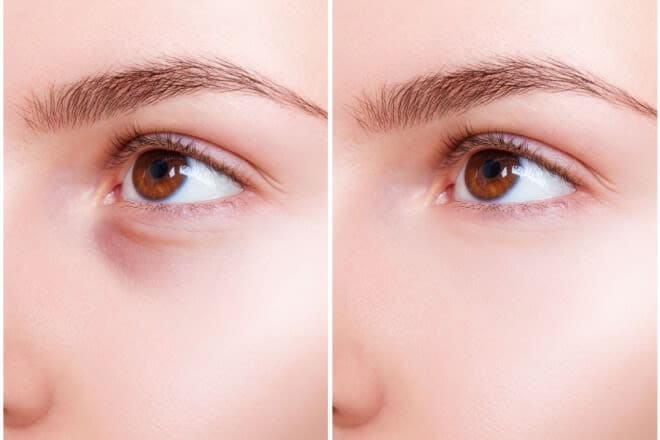
Tear trough filler can reduce the impact of dark circles under the eyes.
The procedure itself involves several very small injections of hyaluronic acid fillers in the skin at the site under your eyes.
Before the injections begin, your medical technician disinfects your skin. They may also apply ice packs or a topical anesthetic beneath your lower eyelid to numb the area. Then, the injections are given. The technician gently massages the area after each injection to ensure that the filler is spread evenly throughout the area.
Tear trough fillers do not require surgery. But corrective surgery may be recommended if the under-eye bags are excessive or are accompanied by very loose skin.
Recovery after a tear trough filler procedure
Recovery after filler injections happens at home. You can leave your doctor’s office after your appointment and begin the recovery process immediately.
There are several important things to do (and not to do) after your procedure. Medical professionals suggest the following:
- Do not sleep facedown.
- Apply ice to the area in the 48 hours following your procedure to reduce swelling and bruising. Do this periodically, for 20 minutes at a time.
- If you experience any lumpiness in the area, gently massage the lump(s) with your fingers. Do NOT touch the area for any other reason.
- Use acetaminophen (Tylenol) for pain and avoid ibuprofen (NSAIDs, like Advil and Motrin). NSAIDs can make bruising worse and increase the risk of bleeding.
- Avoid strenuous exercise for at least two days following the procedure.
- Avoid alcohol for two days
Recovery may take up to one or two weeks. It’s normal to experience redness, swelling and some pain after receiving injections. But don’t hesitate to contact your doctor if you experience anything unusual or if your pain persists long after the given healing period.
How much does tear trough filler cost?
Dermal fillers vary in cost. The price also depends on how many syringes you receive in the problem area.
On average, the cost for hyaluronic acid filler is about $684 per syringe, according to the American Society of Plastic Surgeons.
Do keep in mind that fillers are only temporary. Future treatments come at an additional cost.
How long do tear trough fillers last?
The majority of patients can expect their fillers to last up to a year before another treatment is needed. But it’s different for everyone. The exact length of time depends on how many units you receive and how your skin reacts to the filler.
Some people experience very long-lasting results. Occasionally, fillers can last between 5 and 7 years. But remember that this is not the case for the majority of patients.
Speak with your doctor about your expectations and concerns, as they vary from patient to patient.
SEE RELATED: What are tears made of?
Are under-eye fillers safe?
When it comes to tear trough fillers, “under-eye fillers gone wrong” and “botched tear trough fillers” may be part of your research (and concerns). It can be intimidating, so it’s important to find the right technician to walk you through the procedure, your expectations and risks.
Possible complications after a tear trough filler procedure may include:
- Pain
- Redness
- Bruising
- Inflammation
- Puffiness
- Migraine
- Skin may have a bluish discoloration (known as the Tyndall effect)
- Postinflammatory hyperpigmentation
- Nodules
Infections and blindness (if the filler is accidentally injected into a blood vessel) can also occur, but this is very rare. A 2020 study conducted by Plastic and Reconstructive Surgery — Global Open concluded that hyaluronic acid fillers for the treatment of tear troughs are safe and provide satisfying results. The rate of complications was low for participants in the study.
Who is a candidate for tear trough fillers?
Are under-eye fillers only for celebrities? Of course not! You can also be a prospect based on certain criteria.
There are several reasons someone may choose to get tear trough fillers. Some common factors include:
- Inherited tear trough deformity
- Mild- to moderate-sized dark circles under the eyes
- A consistent fatigued appearance because of dark circles
- Intense wrinkles under the eyes
- Under-eye bags that can’t be corrected with makeup
Very severe dark circles or excessively loose skin beneath the eyes may be better handled with under-eye surgery. Speak with your doctor to determine the best fit for your circumstance.
It’s also important to inform your doctor or technician of the medications you are taking before going through with under-eye fillers. Some drugs can affect bleeding, which can cause complications with filler injections. The procedure should also be postponed if the patient has an active skin infection near their eyes.
Are you ready to make a decision?
Tear trough fillers aren’t for everyone. But they can be beneficial for those with tear trough deformities or for those who wish to improve the appearance of dark circles.
Book a consultation with your provider before making a decision. They will talk you through some personal recommendations and give you an idea of what you can expect as far as the transformation before and after tear trough fillers.
